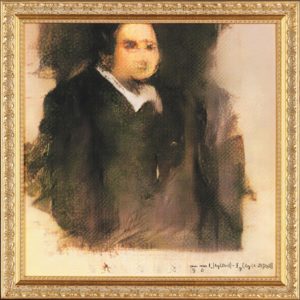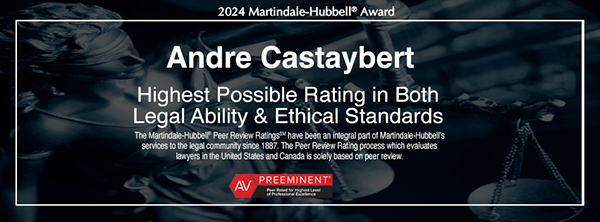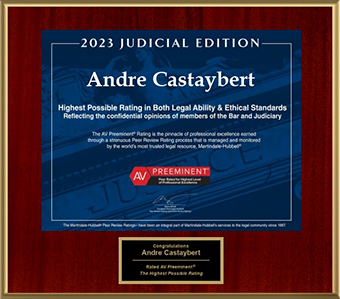Artificial Intelligence Art and the Law
Recent news that Christie’s will auction off a piece of artificial intelligence art raises important questions about the legal implications of artificial intelligence art (“AI art”). The artwork to be sold was created at the direction of Paris-based collective, Obvious, consisting of Hugo Caselles-Dupré, Pierre Fautrel and Gauthier Vernier, and is titled “Edmond De Belamy.” Among the concerns raised by the algorithm-signed painting include authorship, authenticity, automation and ethics. Each issue could have widespread ramifications on the art market, and therefore demand the attention of artists and art collectors who collect, create, and sell artwork.
Creating AI Artworks
Artists generally create artificial intelligence art using generative adversarial networks (GANs). These networks permit computers to study a library of images or sounds to create original content. The computer then creates an expressive work and judges the success of that work against the library images. Finally, the computer makes incremental improvements based on the results. Although artists generally curate the media library used to create the works, that is where their control of the artificial intelligence’s artistic output ends. This lack of artistic control over the final product raises compelling questions about authorship and copyright ownership of artificial intelligence art.
AI Art and the Law
Jessica Fjeld, assistant director of the Cyberlaw Clinic at Harvard Law School, insists that regardless of the artist’s control over the final output, the artist—not the AI—is the author of the finished product. Under this view, artificial intelligence is merely another tool for artists to employ in creating expressive works. The more interesting question to Ms. Fjeld arises when different individuals create or direct the inputs, learning algorithms, trained algorithms, and outputs. If different individuals create or direct the GAN, media library, learning algorithm, trained algorithm, and final output, who should own the copyright? The answer is unclear, and the inquiry is further muddied when artists include copyrighted imagery in the media libraries used to create artificial intelligence art.
Conclusion
The emergence of artificial intelligence art could have transformative effects on the art market, so collectors and artists should stay abreast of the developments in this area. For a deeper discussion of these issues, read Sam Gaskin’s Artsy article here.
Learn more about how Castaybert PLLC can assist you with Art Law matters here.









